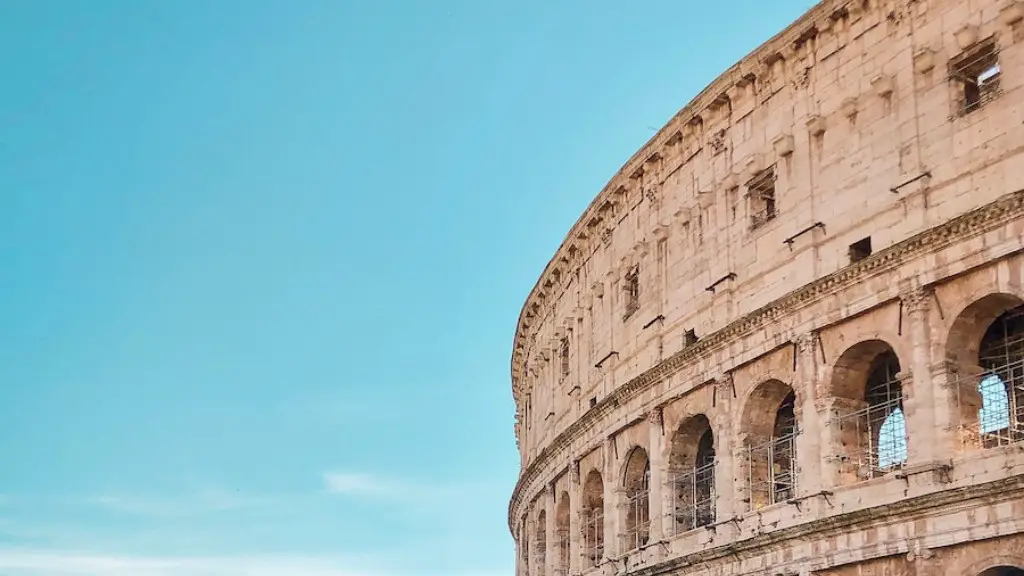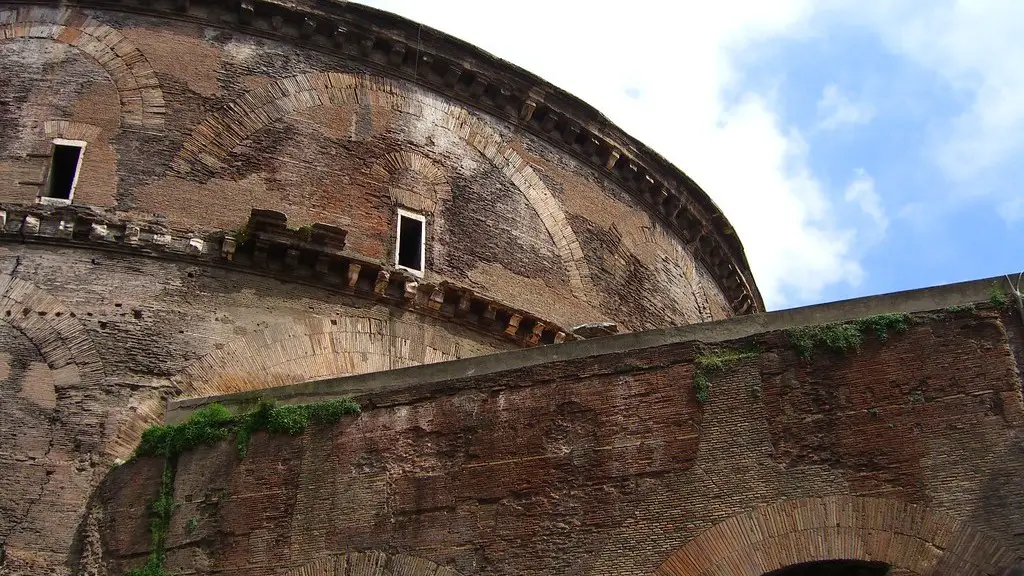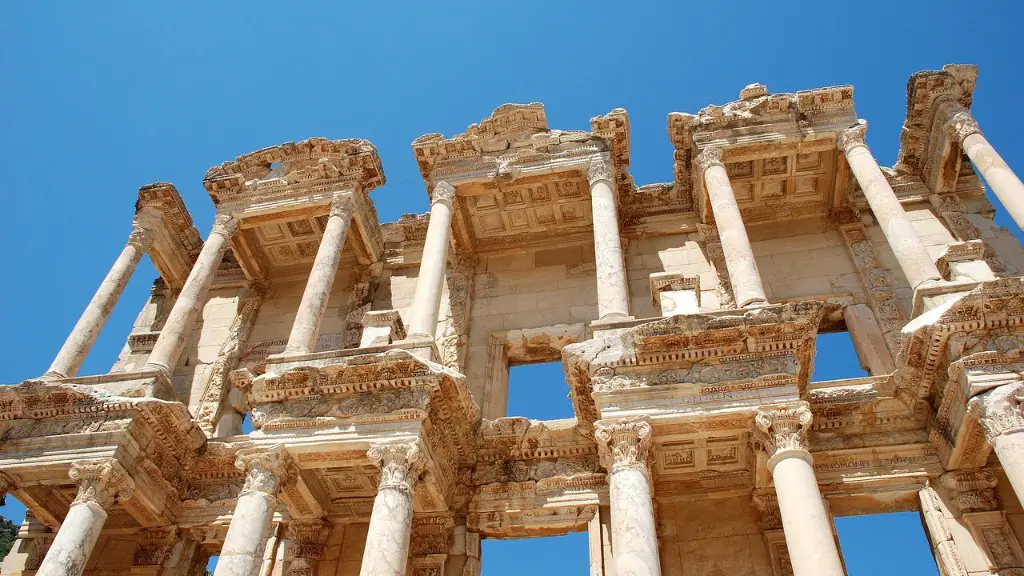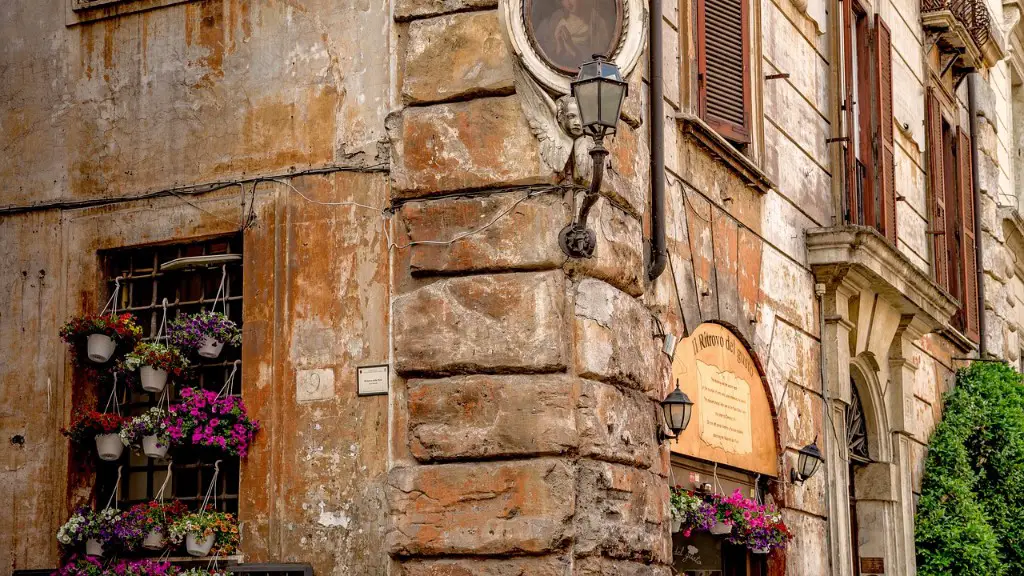In ancient Rome, the plebeians were the common people of the city, belonging to the lower classes. Unlike the patricians, who were the wealthy upper class, the plebeians were poor and had little political power. However, the plebeians were not slaves, and they had some rights under Roman law. Over time, the plebeians slowly gained more power and influence, until they were finally able to elect their own representatives to the Roman government.
Plebeians were the common people of ancient Rome. They were not members of the patrician class and did not have the same privileges. However, they were an important part of Roman society and contributed to the economy and culture of the city.
Were the plebeians rich or poor?
Plebeians typically belonged to a lower socio-economic class than their patrician counterparts, but there also were poor patricians and rich plebeians by the late Republic. Education was limited to what their parent would teach them, which consisted of only learning the very basics of writing, reading and mathematics.
The Plebeians were an important part of Roman society because they had a good work ethic. They became working citizens of Rome, which included farmers, builders, craftsmen, and common trades and professions. They made up the majority of the Roman population and were referred to as the common people.
What are plebeians and patricians
The social class in Rome was divided into three groups: slaves, plebeians, and patricians. The patricians were the upper class, while the plebeians were the lower class. The slaves were not considered to be part of the social class system.
The Roman plebeians were the common working class of the Roman republic. They were free citizens who were not patricians or slaves. The Roman plebeians made up the majority of the population of the Roman republic.
What jobs did plebeians have?
Plebeians were the average working citizens of Rome. They worked hard to support their families and pay their taxes. They were farmers, bakers, builders, or craftsmen.
The plebeians in early Rome were at a disadvantage compared to the patricians in terms of rights and privileges. The patricians held all the power in government and religion, while the plebeians were shut out of these important institutions. This led to a lot of tension between the two groups, which eventually boiled over into violence.
What did the plebeians fight for?
The conflict of the orders was a political struggle between the plebeians and patricians of the ancient Roman Republic. The plebeians were commoners who sought political equality with the patricians, who were the aristocracy. The conflict lasted from 500 BC to 287 BC. In the end, the plebeians won political equality with the patricians.
The plebeians were a class of Roman citizens who were not wealthy and did not have as much power as the patricians. The plebeians wanted the same rights as the patricians, and they wanted to be treated fairly. The plebeians did not want to be discriminated against because of their social status. The goals of the plebeians were simple, but they were not always easy to achieve.
Did plebeians ever get power
The plebeians were a class of commoners in Ancient Rome. After the Conflict of the Orders, they were allowed to participate in politics and hold political office. The plebeians elected tribunes to give them a voice in government, but the patricians held most of the power.
The class structure in ancient Rome was very formal and organized. There were three main classes in Roman society: citizens, noncitizens and slaves. Each class had their own specific rights and responsibilities. Records were kept of each class and their members, and advancement through the classes was often not solely based on wealth.
What were upper class Romans called?
Patricians were the upper class in early Roman society. They controlled the best land and made up the majority of the Roman senate. The term patrician comes from the Latin word patricius, which means “nobleman” or “of noble birth.” The patricians were a small, elite group of families who held most of the power in Rome. The most famous patrician family was the Julii, which included Julius Caesar.
The patricians were the social elite of Ancient Rome. They were the wealthier class of citizens and had more political power than the plebeians, who made up the lower class. The distinction between the two classes was evident in their dress, housing, and lifestyle. Patricians typically lived in luxurious homes and wore expensive clothes, while plebeians lived in more humble dwellings and wore simpler garments.
patriots are loyal to their country and dedicate their lives to its service.
How did Romans treat female slaves
While both women and slaves had limited rights in ancient societies, women could at least be honoured for their roles as priestesses or family members. Slaves, on the other hand, had no legal or social standing whatsoever and could be treated cruelly by their masters. This stark difference highlights the inequality of the two groups and underscores the need for greater protections for slaves.
The Fifth Secession was a protest by the plebeian farmers in 287 BC. They were unhappy with the way the land was distributed after the war, and found it difficult to repay the debts they had incurred with the wealthy patricians. As a result, they seceded to the Aventine Hill.
How did plebeians gain power?
The plebeians revolted because they were sick of the patricians always having all the power. After the revolts, the patricians agreed to let the plebeians elect officials called tribunes of the Plebs. The tribunes spoke for the plebeians in the senate and with the consuls. This gave the plebeians a much needed political voice and some power within the government. Finally, the plebeians had gained some measure of political equality with the patricians.
The lunch of the plebeians mainly consisted of bread and cheese, but some fruit and nuts may have been eaten, olives and celery made up the fruit and vegetables, and the nuts such as chestnuts and sesame seeds. Dinner consisted of bread and water with a small bowl of porridge.
Warp Up
A plebeian is a member of the lower class in ancient Rome.
Plebeians were the working class citizens of ancient Rome. They consist of farmers, artisans, and laborers. Although they were not as wealthy as the patricians, the plebeians were an important part of Roman society.





